



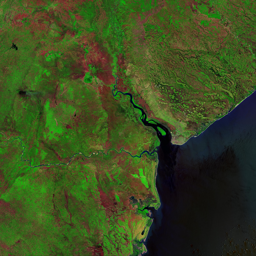


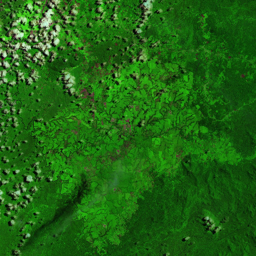


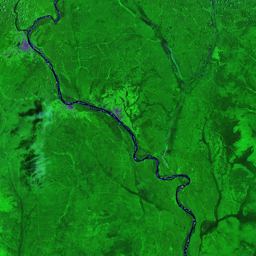
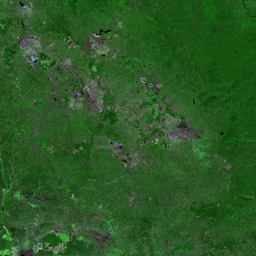
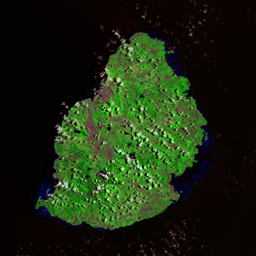
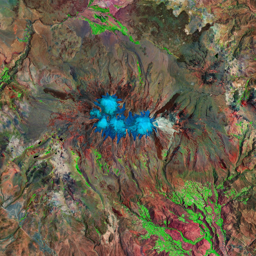


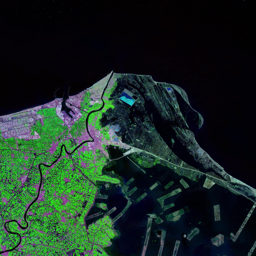
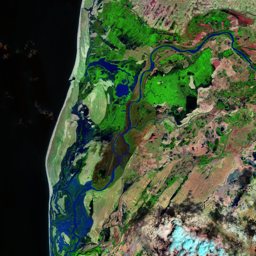


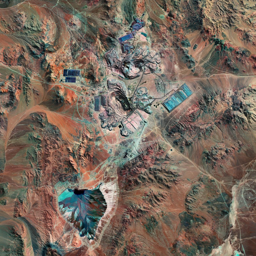
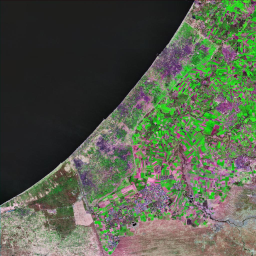



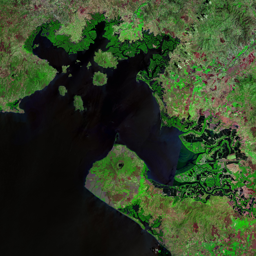

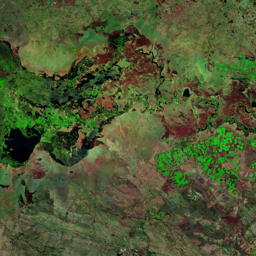
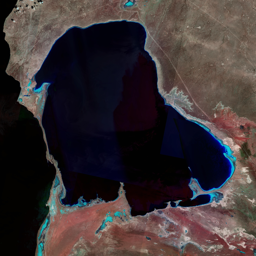
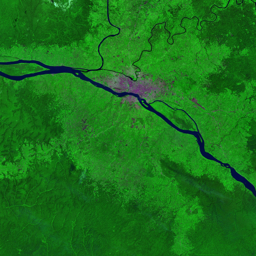


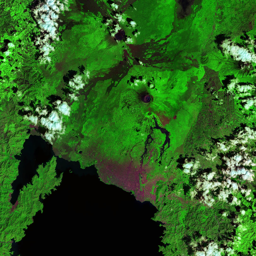

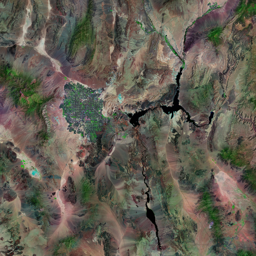
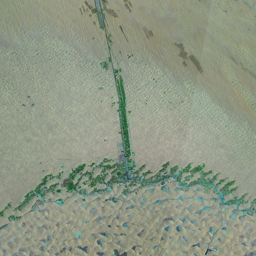
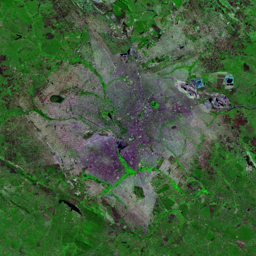
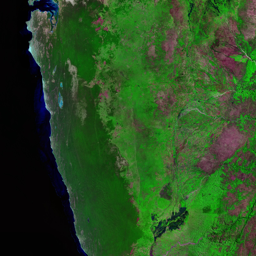


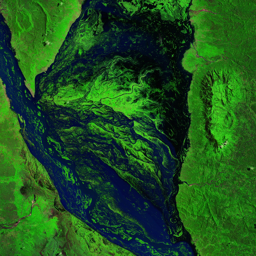







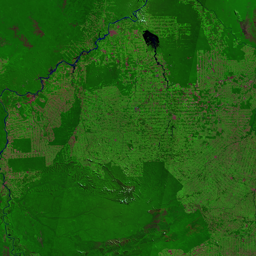
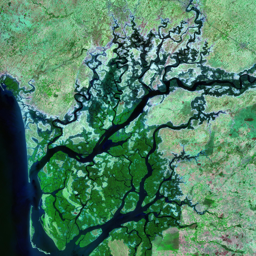
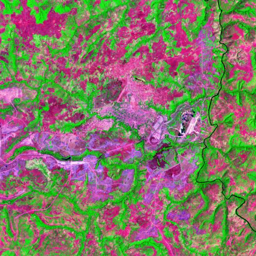
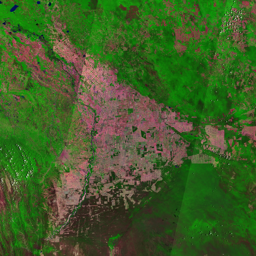
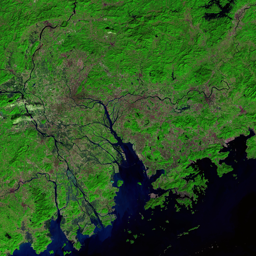

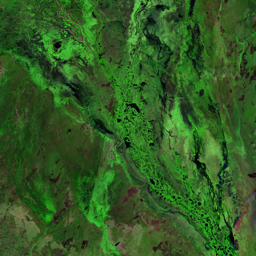




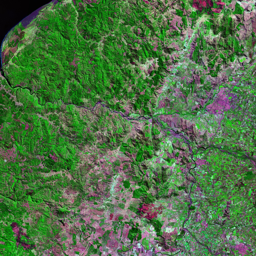

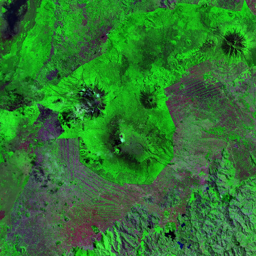
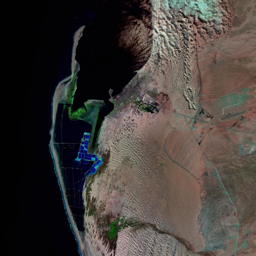

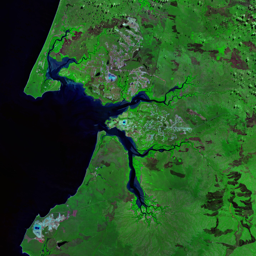
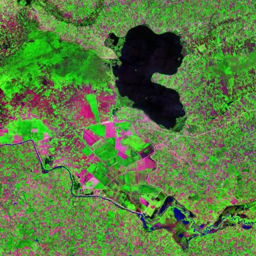
Large-scale copper mining began in north-central Zambia's Copperbelt Province during the 1930s, attracting workers and turning this biologically rich savannah woodland into a heavily populated area with several large cities. Until the 1960s, the mining industry used wood from surrounding lands to generate power for the copper mines; this resulted in the clear-cutting of approximately 127 000 hectares between 1947 and 1956 and selective harvesting of trees in an area of similar size. The mining industry converted to hydroelectric power in the early 1960s, but the growing population continued to rely on wood for fuel. Copper mining began to decline in the 1970s when oil prices rose and copper prices dropped. By the 1990s, the industry had collapsed, leaving large numbers of workers unemployed. Many of these unemployed miners turned to small-scale agriculture and charcoal production to make a living, putting additional pressure on the surrounding woodlands. Large urban centres, open-pit mines, and areas of deforestation are already apparent in the 1986 image. Record copper prices in recent years have revived the area's copper industry.
Use shift + scroll to zoom the map
Use shift + scroll to zoom the map